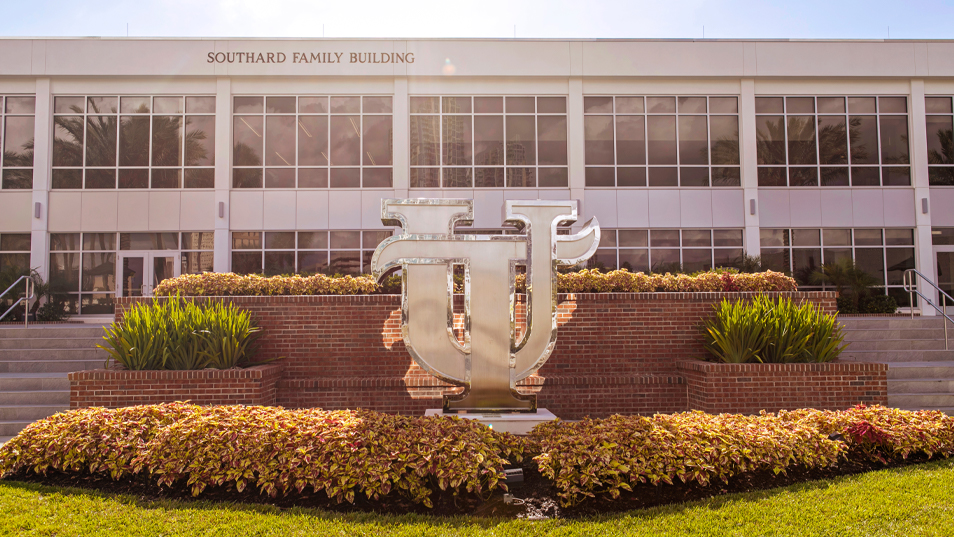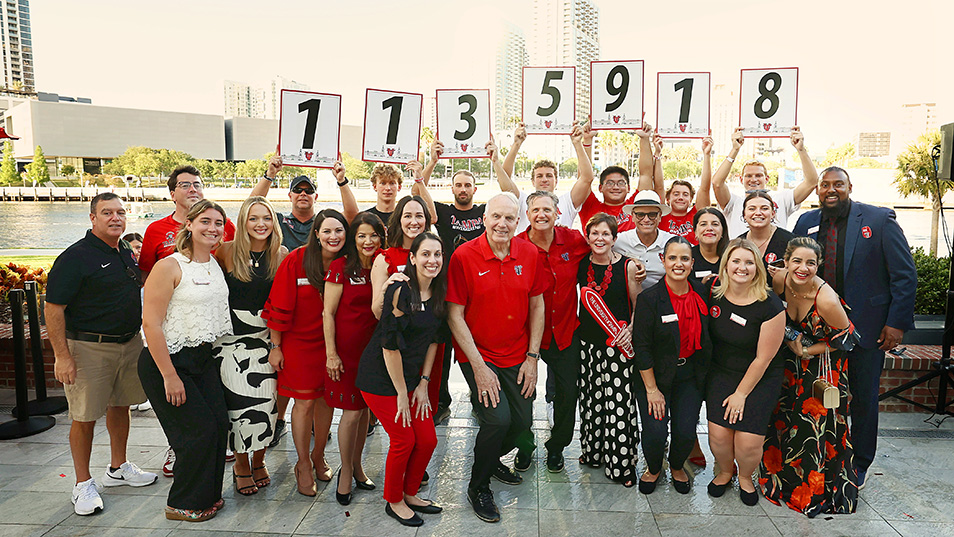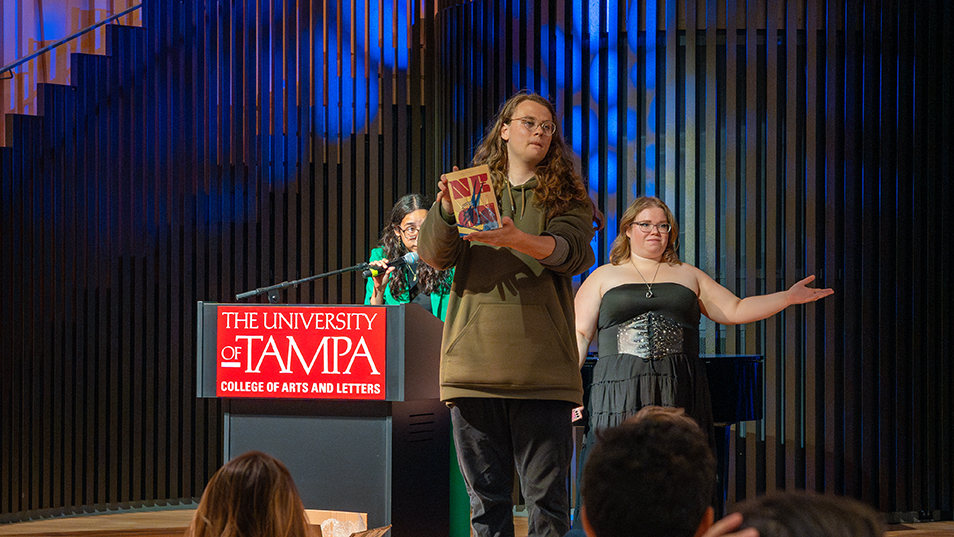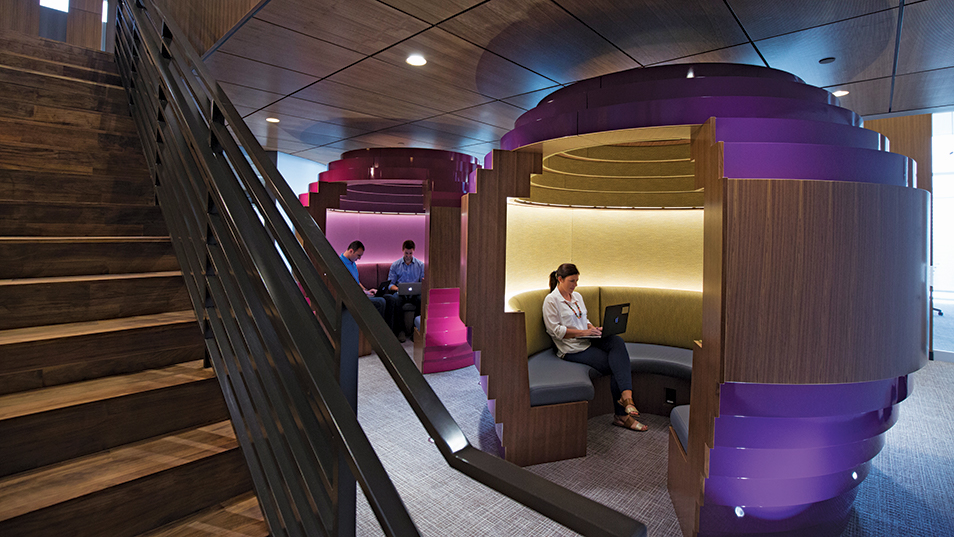Published: December 14, 2021
UT Physician Assistant and Instructional Design Programs Develop Community Paramedicine Training Program for Crisis Center of Tampa Bay
A new community paramedicine training program for the Crisis Center of Tampa Bay was developed by graduate students in the physician assistant medicine (PAM) and instructional design programs at The University of Tampa to further improve access to care. The Crisis Center will use this training program to onboard newly-hired paramedics.
 “This new training program will help recently hired paramedics increase their knowledge base to provide a more holistic approach that includes disease management, nutrition, medication interaction and social service navigation,” said Clara Reynolds MBA ’10, president and CEO of the Crisis Center of Tampa Bay.
“This new training program will help recently hired paramedics increase their knowledge base to provide a more holistic approach that includes disease management, nutrition, medication interaction and social service navigation,” said Clara Reynolds MBA ’10, president and CEO of the Crisis Center of Tampa Bay.
Community paramedicine is a relatively new and evolving health care model that expands the roles of paramedics to assist populations lacking access to basic primary health care. For example, patients without health insurance often visit emergency departments either for non-emergent issues or as a direct result of their lack of preventive health care. A service was needed to help reduce the emergency costs for hospitals and offer medical care for the underserved. Community paramedics can lift this burden by conducting in-home wellness checks, chronic disease monitoring, providing preventative care and other basic services.
“Paramedics traditionally provide immediate, short-term care to patients. The community paramedicine program is a longer process that helps connect people struggling with ongoing conditions to traditional medical and behavioral health care,” said Clara Reynolds MBA ’10, president and CEO of the Crisis Center of Tampa Bay. For the past 50 years, the Crisis Center of Tampa Bay has provided crisis intervention, EMS and trauma counseling services to the Tampa Bay community.
Students in the PAM graduate program at UT were required to complete a capstone project that would have a significant impact on health or well-being. Johnna Yealy, chair, associate professor and founding director of the PAM program, is on the community paramedicine task force at the Crisis Center and recommended building a training program as a project for her students.
PAM students Justin Masud MPAM ’21; Bryon Ladd ’18, MPAM ’21; Bianca Sarubbi MPAM ’21; Michael Lucchesi ’18, MPAM ’21; and Paul Olson MPAM ’21 were all on board. Their next steps included spending time with paramedics, reviewing the national curriculum on community paramedicine, completing in-home visits with patients and surveying the needs of trainees.
While there was more than enough medical knowledge to go around between the PA students, they didn’t have any experience designing a training curriculum from scratch. Yealy reached out to Suzanne Ensmann, assistant professor of education, to find another student to fill that gap. Ensmann, who is always looking to give her students “real-world” experiences, jumped on the collaboration and recruited instructional design graduate student Joshua Campbell ’20, MS ’22. Yealy’s students prepared the curriculum and quiz questions, and then Campbell packaged the content into interactive e-Learning modules to smoothly onboard new trainees.
“This new training program will help recently hired paramedics increase their knowledge base to provide a more holistic approach that includes disease management, nutrition, medication interaction and social service navigation,” said Reynolds.



